In this article you will learn more about the history of glasses and how the different stages of development have affected the design of the frames.
In the beginning, crystals were placed directly on transcripts without a frame to achieve magnification due to their convex shape. This idea of a cut reading stone goes back to the work Optics of the Arab scholar and astronomer Ibn al-Heitam who lived from about 965-1040 AD.
Based on his work, Italian monks in the 13th century set to work cutting a hemispherical lens from rock crystal and quartz, which was placed on the writing to magnify it.
For ancient monks this first reading aid was of course a blessing, because it allowed them to increase their knowledge over a much longer period of time. These reading stones were used exclusively to compensate for presbyopia.
This article is not so much about the development of spectacle lenses. For this purpose, we have a separate article that deals primarily with the development of glass technology in the field of progressive lenses. Here is the link to the article.
13th Century and the first glasses
For the production precious clear glass was necessary. In the 13th century, the production of high quality glass was reserved only for a small different community in Murano. These people were called Cristalleri and at the end of the 13th century they produced rivet glasses.
These glasses consisted of two glass holders connected by temples with a rivet. You could hold these glasses in front of your eyes when you wanted to read something. This brought the advantage of a bigger field of view with it.These wooden glasses frames did not have temples at that time. And the lenses were rather small with a diameter of just 1,1811inches or 3cm.
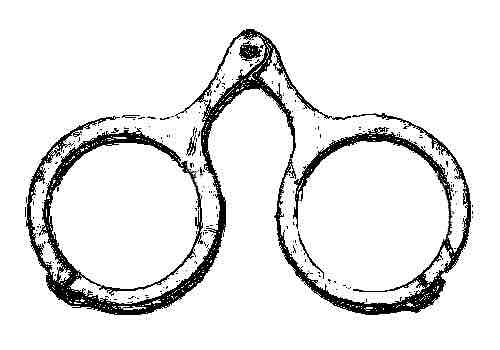
Step by step, the individual glass holders were changed. Instead of separating the two lenses, a bridge soon connected them. The thicker wooden frames were replaced by lead, horn or steel frames over time. Moreover, experiments were carried out with different options to position the glasses on the nose. The lorgnon has also been known since the 15th century.
16th Century Improvements for Glasses
in the 15th and 16th centuries, new frames for eyeglasses were created. Improved bridge designs were developed, which resulted in a more comfortable fit on the nose as well as a more beautiful appearance of the face.
Threads were knotted around the head, for example. Or alternatively, they were placed on the head to hold the glasses in place.
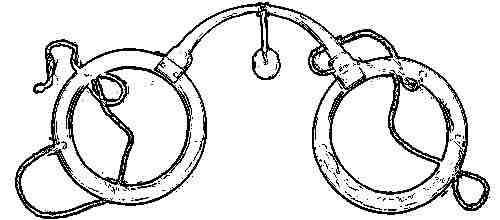
At this time, the guild of glasses makers emerged in Europe and refined the ideas and designs that had previously been produced mainly in churches. In 1445, Johann Gutenberg invented letterpress printing and the demand for reading aids increased more and more from then on. The glasses often had eyelets, which were probably used for mounting necklaces. In this way, it was possible to avoid supports that would break the precious glasses.
The monocle also appears in the 16th century. The practical clamping of the lens between the cheek and eyebrow ensured that the hands were free, as did the glasses with the thread.

The costruktio, which was already very similar to today’s glasses was developed in the 16th century. It consisted of a metal hoop around the forehead, from which the lenses hung. However, this type of glasses did not yet have a support on the nose.
Very special is also a variant that is very rarely encountered nowadays. It is the model Pince new, which could hold only with the pressure from the sides on the flanks of the nose.
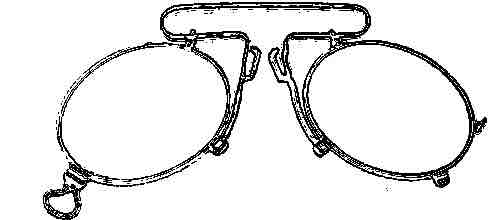
Although this solution did not require any support on the ears and the hands were free, it had a big disadvantage. It created a lot of pressure on the nose and was therefore not very comfortable to wear for long periods of time.
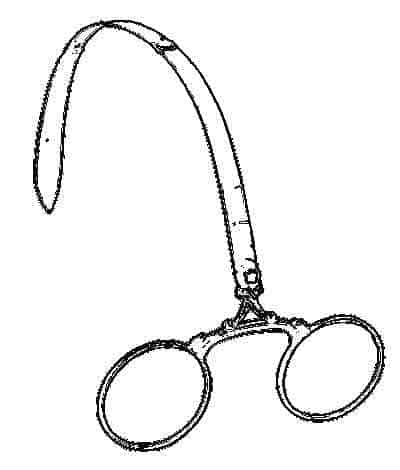
The actual glasses as we know them today seem to have originated in England at the time of Queen Anne (1702-1740). However, the temples were shorter. In the beginning, they did not reach the ears, but ended at the temples.
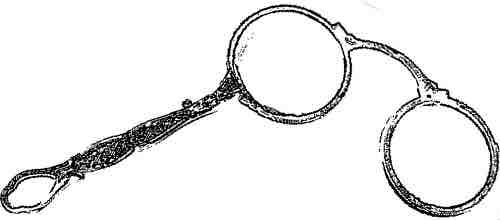
In the 16th century, it was discovered that a concave-shaped lens could be used to correct myopia. For a long time, only glasses with one power were used. Until US President Benjamin Franklin invented bifocal lenses in 1784, the forerunners of today’s progressive lenses.
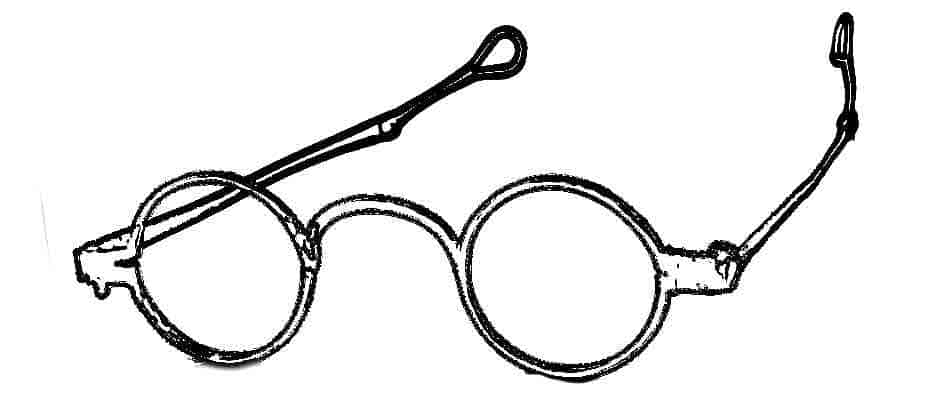
The manufacturing technologies in the frames and lenses over the next decades accelerated the production and improved the quality of the glasses. The glasses became more and more a mass product that could be made individually under high standards.
So at the actual concept of glasses since the 18th century at first glance not much has happened.
Glasses Today
However, there is an incredible choice of materials that are UV resistant and break resistant, which did not exist before.
Also, the availability to wear glasses is given to most people nowadays. The glasses are nowadays also so individuelll gestaltbar as you have never been. Especially people with higher eyeglass values benefit, because of when individual parameters are used in manufacturing to make the field of view as large as possible.
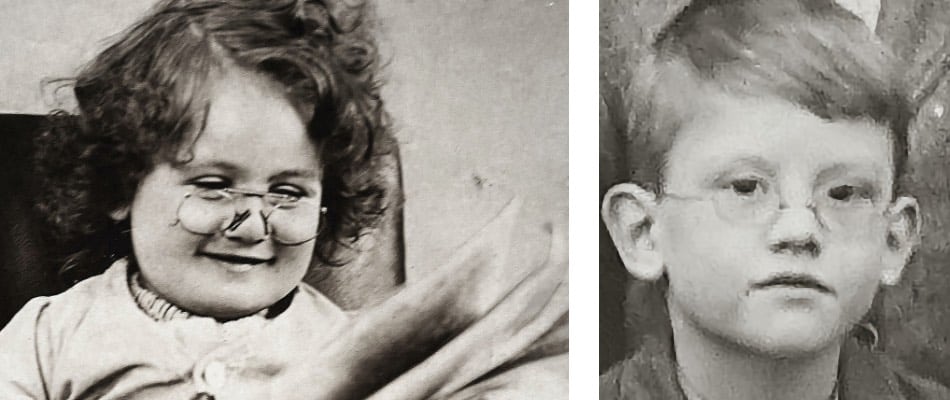
Glasses History – What Comes Next?
In addition, there are now glasses with digital features that enable people with severely impaired vision to have things read to them or to recognize things more easily. One example of this is the Orcam.
In other cases, consumer electronics are slowly finding their way into some eyewear models. One example is the Ray Ban Stories, which has cameras built in to take photos and videos. But it’s not just the features that are being added that are changing in eyewear. The same is true for lens designs. Liquid crystals, which react to electrical voltage, make it possible to make a lens darker or lighter in terms of tint.
Likewise, some manufacturers have already introduced electrosensitive lens materials that can turn on a kind of reading field at the touch of a button. We are very excited about how the history of glasses will continue to develop and will of course report on it here.
